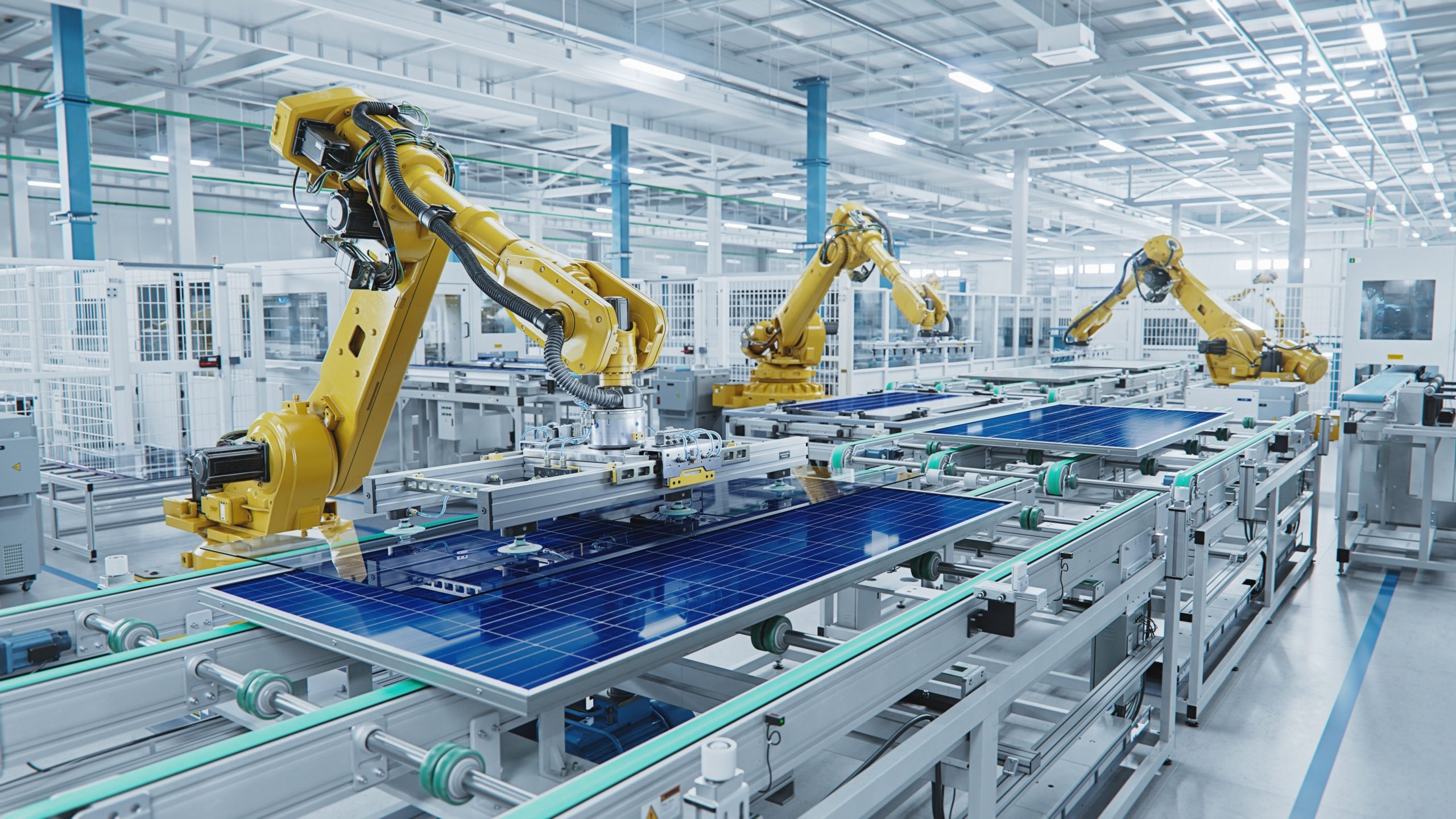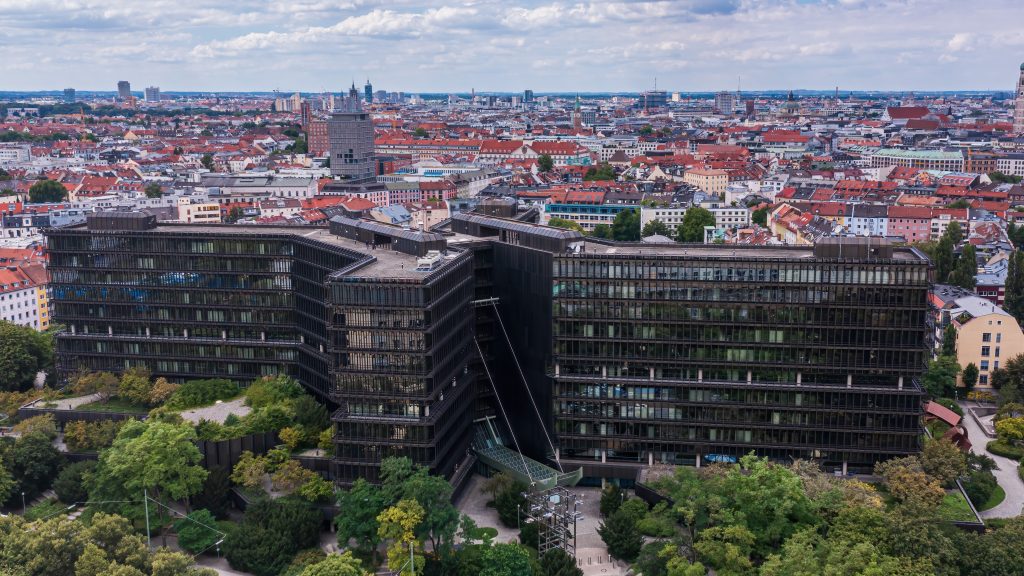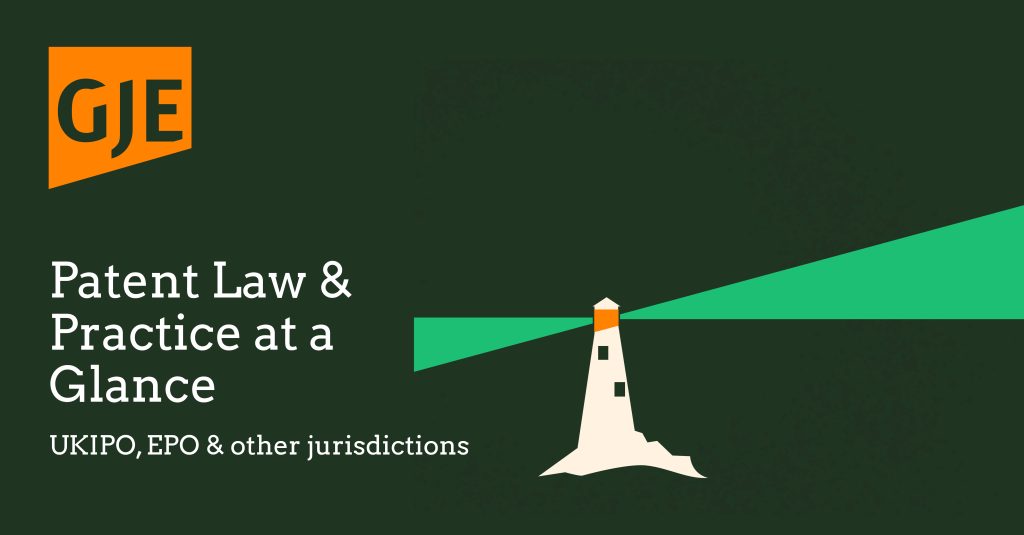
The Enlarged Board of Appeal has just given its preliminary opinion in respect of referral G1/23. The referral seeks to clarify whether a product, or published technical information relating to said product, can be considered to be the state of the art, depending on the degree to which the composition and internal structure of the product can be analysed and reproduced.
Although the preliminary opinion is not binding on the Enlarged Board, it provides a great insight into the issues that are of significance and will be discussed when oral proceedings are scheduled.
While the referral in G1/23 is focused on commercially available polymeric products with compositions that are not readily reverse engineered, the resultant decision may have wide-reaching consequences for many other technology sectors.
Background
The referral is borne out of decision T483/19, relating to European Patent No. 2626911. The patent claimed a material suitable for use as an encapsulating material for a solar cell, with the material comprising a parameterised polymeric material.
The issue was the public availability of a commercial product called ENGAGE® 8400. This was disclosed in a prior art citation, which was considered to be of critical importance in determining the closest prior art for the purposes of assessing the inventive step. In this regard, ENGAGE® 8400 was commercially available and details of its composition were publicly available. However, there was no publicly available information regarding how to make it.
The question raised by the patentee was whether the commercial product could be considered state of the art if the skilled person could not produce ENGAGE® 8400 without undue burden. This “enablement” criteria was considered to be a central tenet of the established jurisprudence following the Enlarged Board of Appeal Decision in G1/92.
For context, G1/92 decided that the:
“… chemical composition of a product is state of the art when the product as such is available to the public and can be analysed and reproduced by the skilled person, irrespective of whether or not particular reasons can be identified for analysing the composition” and the “same principle applies mutatis mutandis to any other product.”
As part of its reasoning, Reasons 1.4 of decision G1/92 explained that:
“Where it is possible for the skilled person to discover the composition or the internal structure of the product and to reproduce it without undue burden, then both the product and its composition or internal structure become state of the art.”
The Patentee essentially argued that for a product to be considered available to the public, and hence state of the art:
- a member of the public is able to access the product,
- a skilled person must be able to analyse the composition or internal structure, and
- a skilled person must be able to reproduce the product based on common knowledge and without undue burden.
In contrast, the Opponent in T483/19 essentially argued that the intention of the law was for availability to the public to be determined by accessibility to the public of the prior art product, rather than depending on whether the product could be reproduced without undue burden.
G1/23 – the referral
In T483/19, the technical board of appeal referred the following questions to the Enlarged Board of Appeal:
1. Is a product put on the market before the date of filing of a European patent application to be excluded from the state of the art within the meaning of Article 54(2) EPC for the sole reason that its composition or internal structure could not be analysed and reproduced without undue burden by the skilled person before that date?
2. If the answer to question 1 is no, is technical information about said product which was made available to the public before the filing date (e.g. by publication of technical brochure, non-patent or patent literature) state of the art within the meaning of Article 54(2) EPC, irrespective of whether the composition or internal structure of the product could be analysed and reproduced without undue burden by the skilled person before that date?
3. If the answer to question 1 is yes or the answer to question 2 is no, which criteria are to be applied in order to determine whether or not the composition or internal structure of the product could be analysed and reproduced without undue burden within the meaning of opinion G 1/92? In particular, is it required that the composition and internal structure of the product be fully analysable and identically reproducible?
As such, the referral seeks to establish whether the reproducibility criterion is critical for a product to be considered state of the art, and whether published information relating to the product can be considered state of the art, regardless of whether the composition or internal structure of the product can be analysed and reproduced without undue burden.
The preliminary opinion
The preliminary opinion of the Board of Appeal carefully explains its reasoning after concluding that the established jurisprudence of G1/92 cannot be reasonably interpreted and applied in the system of the European Patent Convention (EPC) (paragraph 19). It concludes that a consistent application of the notion that non-reproducible products do not constitute state of the art leads to unacceptable results and to irreconcilable contradictions that cannot be accommodated by the structure of the EPC (paragraph (20).
The board proceeds to provide examples of the absurdities that would arise out of the strict application of the enablement and reproducibility criteria of G1/92. After dismissing some of the interpretation proposed by the referring board, the Enlarged Board concludes that the most straightforward solution to prevent absurd outcomes is to assume that the enablement requirement foreseen by G1/92 is also satisfied by the non-reproducible product in its readily available form, so that a physical product is by definition enabled by being put on the market. This would mean that such products also belong to the state of the art, including all their analysable properties and features, such as their composition.
The Enlarged Board concludes that the likely answers to the referred questions are that 1 and 2 are to be answered essentially as ‘no’ and ‘yes’, respectively, leaving question 3 moot.
Potential consequences of G1/23
The preliminary opinion does appear to have removed concerns such as the potential subsequent patenting of a product which has already been put on the market. Using the Enlarged Board’s rationale, the state of the art status of the irreproducible product must lead to the result that such a product could not be patented later. As such, the resultant decision could lead to something resembling the on-sale bar exclusion applied under US patent law.
If technical information about a commercial product can constitute the state of the art, even when the product itself may not be analysed or reproduced, this potentially opens the door for prior published, publicly available disclosures of such information to be taken into account from either a novelty or inventive step perspective. This is of particular relevance when considering the closest prior art and any technical effects associated with a claimed invention which form part of the EPO’s inventive step assessment.
This result could drive applicants to rely less on trade secrets to protect their difficult to reverse engineer commercial products, and to rely more on the patent system. It would certainly require a patent application to be filed prior to commercialisation.
We will be reporting as the case progresses, so follow us on LinkedIn for further G 1/23-related news and insights. In the meantime, please contact Arnie Clarke if you would like to discuss the potential relevance of G 1/23 to your business, or email gje@gje.com.


